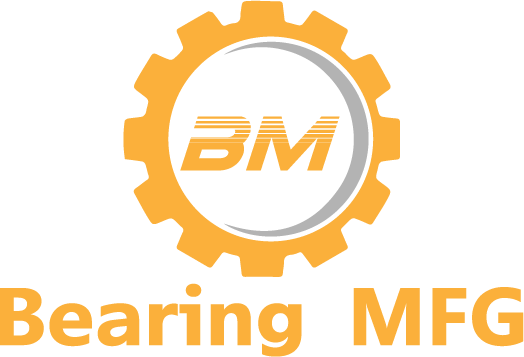Angular Contact Ball Bearings
Angular contact ball bearings are a specialized type of rolling bearing designed to support both radial and axial loads. The key feature is the split inner ring, which allows the bearing to sustain significant axial loads in both directions. The contact angle between the balls and raceways is typically 30° or 40°, providing greater capacity for axial loads compared to radial loads. Angular contact bearings are often used in pairs or multi-bearing arrangements with a preload applied to increase system rigidity. Smaller contact angles are better suited for high-speed applications, while larger angles offer greater axial load capacity. With their ability to handle both radial and axial loads, angular contact ball bearings are widely used in high-rigidity applications like machine tool spindles, as well as pumps, compressors, and other equipment requiring robust load support.
Showing 1–16 of 179 results
-
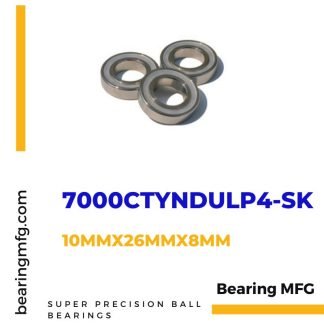
7000CTYNDULP4-SK Angular Contact Ball Bearings 10mmx26mmx8mm
$120.25 Add to cart -
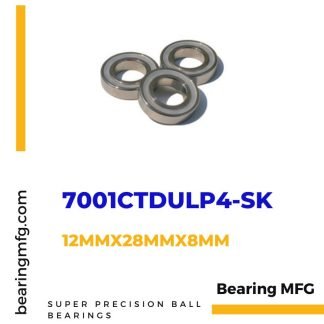
7001CTDULP4-SK Angular Contact Ball Bearings 12mmx28mmx8mm
$184.05 Add to cart -
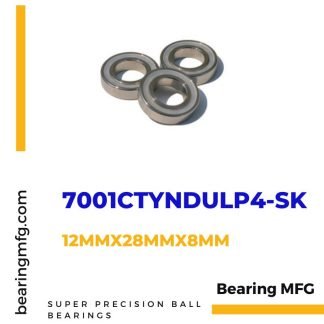
7001CTYNDULP4-SK Angular Contact Ball Bearings 12mmx28mmx8mm
$99.99 Add to cart -
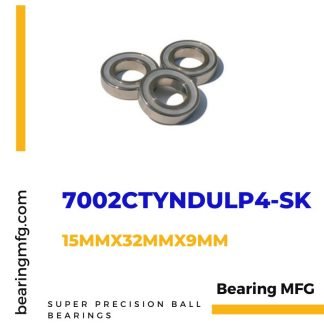
7002CTYNDULP4-SK Angular Contact Ball Bearings 15mmx32mmx9mm
$215.71 Add to cart -
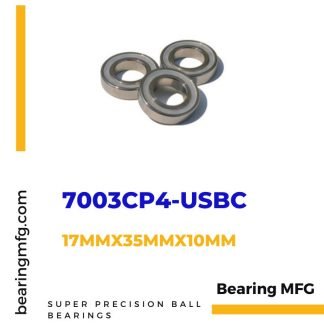
7003CP4-USBC Angular Contact Ball Bearings 17mmx35mmx10mm
$32.44 Add to cart -
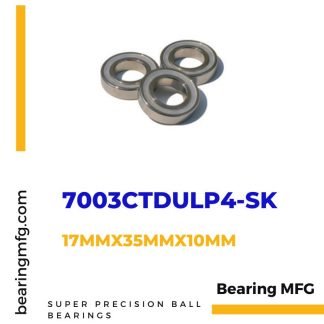
7003CTDULP4-SK Angular Contact Ball Bearings 17mmx35mmx10mm
$234.52 Add to cart -
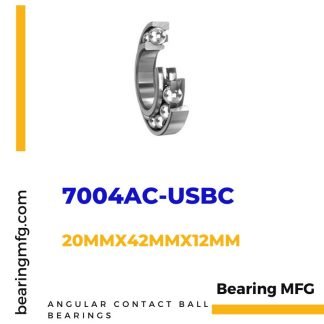
7004AC-USBC Angular Contact Ball Bearings 20mmx42mmx12mm
$6.99 Add to cart -
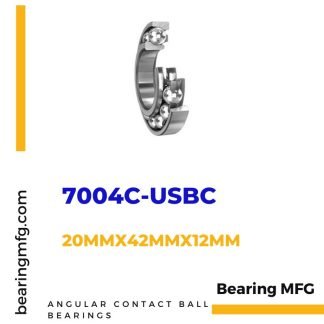
7004C-USBC Angular Contact Ball Bearings 20mmx42mmx12mm
$8.58 Add to cart -
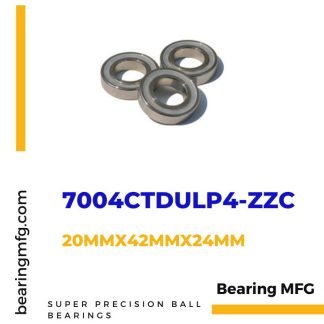
7004CTDULP4-ZZC Angular Contact Ball Bearings 20mmx42mmx24mm
$199.99 Add to cart -
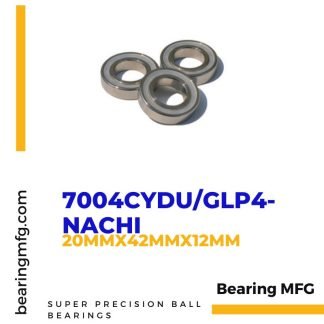
7004CYDU/GLP4-NACHI Angular Contact Ball Bearings 20mmx42mmx12mm
$277.11 Add to cart -
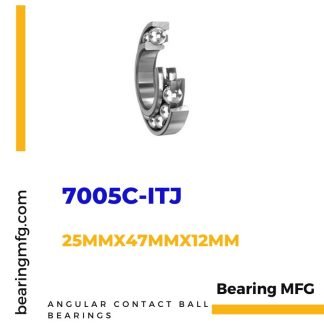
7005C-ITJ Angular Contact Ball Bearings 25mmx47mmx12mm
$39.99 Add to cart -
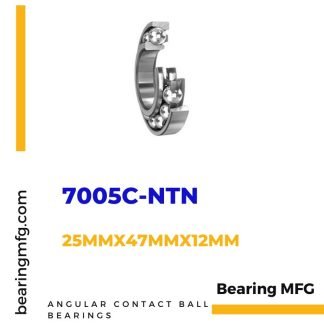
7005C-NTN Angular Contact Ball Bearings 25mmx47mmx12mm
$32.52 Add to cart -
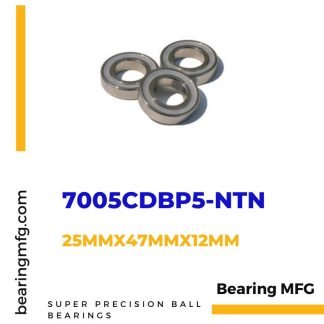
7005CDBP5-NTN Angular Contact Ball Bearings 25mmx47mmx12mm
$85.82 Add to cart -
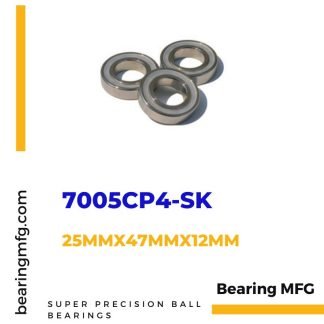
7005CP4-SK Angular Contact Ball Bearings 25mmx47mmx12mm
$63.95 Add to cart -

7005CP5-USBC Angular Contact Ball Bearings 25mmx47mmx12mm
$43.09 Add to cart -
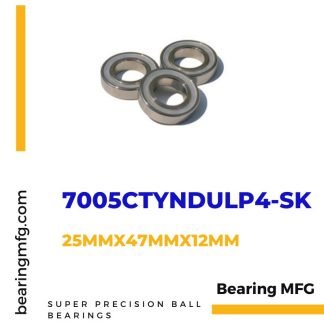
7005CTYNDULP4-SK Angular Contact Ball Bearings 25mmx47mmx12mm
$288.75 Add to cart
Showing 1–16 of 179 results
